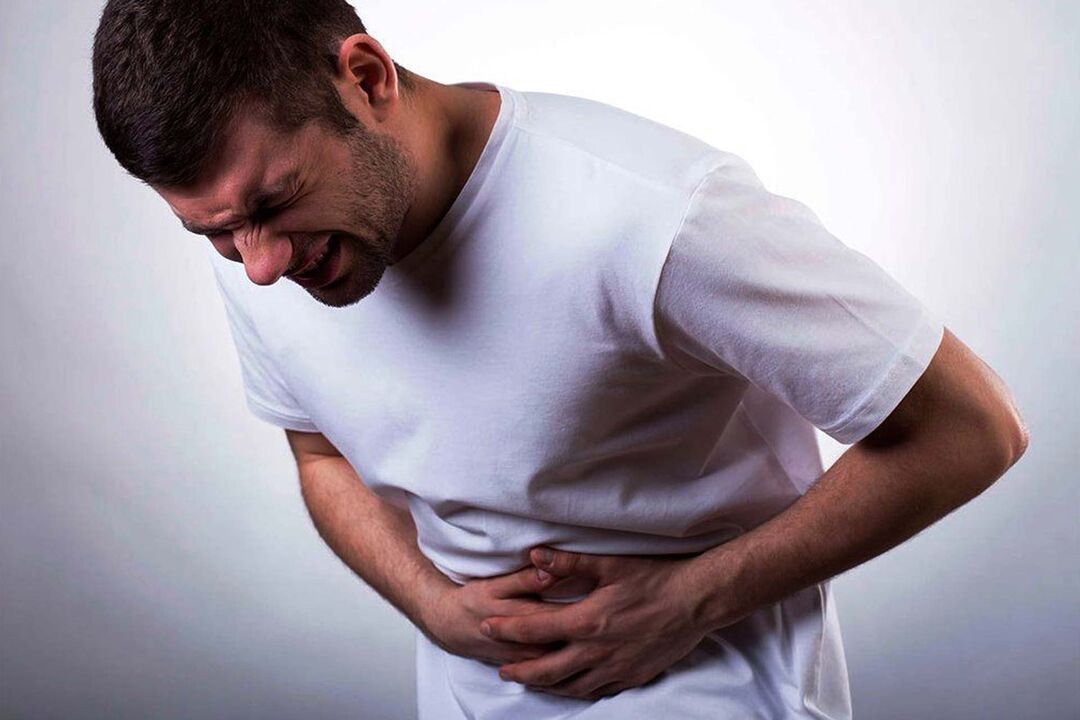Speaking of helminths in humans, the symptoms of which have been well known to many since childhood, it should not be overlooked that they can be conditionally divided into several classes. Different types of parasites differ not only in the form of damage to the human body but also in the way they are infected. Some of them are specific. For hunters, for example, this is trichinosis, which is found in large quantities in wild birds, less commonly in ungulates. But how can it be correctly determined from the symptoms that a person has worms, and what methods does modern medicine suggest for getting rid of?
Ways of infection
Worms occur in humans in 99% of cases due to violations of basic standards of individual hygiene. And they enter the body through the oral-fecal route, that is, in contact with the waste products of some animals or infected people (it is enough to visit a public toilet). It is impossible to point out the exact signs of the disease (spread of parasites) in the human body because there are many types of worms and each has its own clinical picture. And even the complex preparations used to kill them affect only 2-3% of the worst types of worms in the world. These include: fungal worms, trichinosis, diphyllobothriasis, tapeworms, and the like. These are the ones that are most commonly found in our body. But their greatest diversity is found in Africa, where only 1 in 10 people is healthy. In them, helminths become infected mainly through water, which does not go through the necessary purification stages and is simply teeming with pathogens and parasites.
Taking into account the types of worms that occur in humans, those that enter the body through the meat of infected animals should be noted. This includes, for example, the same dumplings found mainly in the soil. But as soon as they get on the meat, they start to reproduce actively. I would be their distributors often anyway.
Infection often occurs through well water. And no filter helps here - just passing the liquid through a special heating center where it heats up to about 80-100 ° C. But they are quite expensive, so in practice they are rarely installed.
And of course, if worms are found in a person, it means that he is also the carrier of the parasite. The helminth can even be spread by handshake if the patient does not wash their hands thoroughly after going to the toilet. Because of this, everyone can become infected, regardless of their place of residence or social status.
Note that helminths are most common in children. There are several reasons for this:
- Parents care little about the hygiene of their children, they do not reveal the basic rules of washing their hands with soap and water before a meal, after a toilet visit.
- The child's body is less resistant to helminths. Accordingly, even some pinworms can lead to the rapid spread of parasites in the baby’s body.

By the way, when we talk about pinworms, keep in mind that these are helminth worms that cannot reproduce in the human body. That is, their distribution occurs only when the eggs re-enter the oral cavity. Accordingly, if the infected person adheres to strict hygiene rules, they will be completely healthy after 3-4 weeks - some of the helminths will be destroyed by the immune system, the rest will leave the body with the feces, of course.
Types of parasites
What helmets are recognized as the most common in the world? Of course, pinworms, which can be found in almost every country on our planet. This is due to the fact that they are free to infect both humans and pets and can be transmitted, including food and water. The symptoms of their appearance in the body are classic: violation of the stool, functions of the gastrointestinal tract, signs of primary poisoning.

Parasites of this type, such as roundworms, occur predominantly in domestic and wild animals, but almost never infect humans. They get into our body easily, but they die within a few days. In severe cases, such as when the patient's immunity is severely weakened, the parasites colonize the lungs, sometimes the liver, resulting in a sudden rise in temperature. As a general rule, however, cylindrical worms are clearly visible in the stool, even by visual inspection.
Trichinosis is another type of worm that enters the body mainly through poorly processed (thermally) meat of fish and animals. It causes muscle pain, sometimes swelling of the face and general intoxication of the body.
But the most dangerous of the common helminths is the tapeworm, which can even cause seizures, because its metabolic products affect the functioning of the nervous system. It is also dangerous that this type of worm can live safely in our body for about 30 years, growing up to several meters. In the later stages of the infection, it can only be removed surgically, as it can form tunnels in the organs for rapid movement.
Schistosomiasis - a more common type of helminths in men (due to the differences in the urination process between men and women). Infection of such worms is accompanied by a variety of symptoms, and in severe cases, helminths can leave the urethra. It should be noted that these types of worms are more common in Africa as the infection occurs only with water or food.

Symptoms of pathology
How do you know if a person's body is exposed to a worm infection? In the early stages - only through a comprehensive blood test, as well as feces, urine. In the laboratory, the change in the composition of these substances and the change in the background of the antibodies are examined. But tapeworms and fungal worms can be easily identified even if a smear is taken from the rectal cavity. Such an analysis must necessarily be carried out when the school medical committee is handed over, upon receipt of the medical book.

However, the primary symptoms of worm infection appear much later, when their numbers increase significantly in the body, and this is accompanied by poisoning by the waste products of the parasites. For example, if we are talking about flatworms, the patient may not even know about them for several years after the onset of the infection. Suspicion only causes a rapid loss of body weight (despite adhering to a healthy diet) as well as lethargy. Anyway, many people know that in the 19th century (as well as the early 20th century), worms were commonly used in medicine to get rid of excess weight quickly. But this was only the case until scientists determined that such therapy was irreparably harmful to health.
Speaking of helminths, it should be noted that most of them can cause allergic reactions. And this is perhaps one of the most dangerous symptoms. In some patients, this can lead to sudden anaphylactic shock and even death due to rapid inflammation of the airways. And all this is due to the fact that there is a high percentage of substances in the waste products of helminths that cause allergies. Strongyloidiasis is the most common worm whose symptoms include such a reaction.
Doctors often use a so-called symptom test to make a diagnosis. This is a small page with about 20 questions. They describe how often a person has a headache, what kind of meal diarrhea starts, and so on. In 80% of cases, the test results are reliable, so many doctors still use such diagnostic tools.
Therapeutic measures
Given that there are worms and how different they are, they need to be treated differently. Most intestinal worms can be easily removed using pesticides. These, in turn, destroy the positive microflora for them, making the body temporarily unfit for life. However, the use of such drugs is quite harmful to our immune system and should only be used as prescribed by your doctor.

Remember that all worms are conditionally divided into circular, flat, and worms, and different types of anthelmintics are used to get rid of them. The diversity of parasites remains high despite the harsh climate - more than 70 subtypes. Factors such as the patient's age, weight, and duration of infection (based on conditional, complex analytical data) should also be considered when determining the dose of pesticide used.
Nevertheless, most worms can be easily eliminated with the help of anthelmintics. But keep in mind that you should be treated within 3-4 months after completing the 2 courses of therapy. And here it will be very important to follow a strict diet, recommendations for weight control.
The symptoms and treatment of one type of parasite do not depend on their subtype in any way. The clinical picture largely depends only on the physiological characteristics of the patient and the time elapsed since the infection.
Preventive measures
As mentioned above, the most effective prevention of helminths is to follow basic rules of personal hygiene, consuming only well-treated foods. But those who love meat in blood are among the most vulnerable category of patients, with worms in almost 97% of cases. The same goes for those who like to consume fresh vegetables and fruits bought in a store or market without having to wash them under running water. And all this is due to the fact that people working at harvesting do not observe hygiene (because it is not provided by the employer).
Therefore, in order to know for sure that a person’s symptoms that go to the clinic are in no way related to helminthiasis, they also take blood, stool, and urine tests. After all, certain types of worms cause similar symptoms to infectious lesions. An example is diphyllobothriasis, the infection of which is very similar to a simple flu disease. However, this reaction in the body is precisely related to the properties of the toxins that the parasite releases into our body. This is accompanied by a sharp rise in body temperature, runny nose and sore throat. But it's all due to dehydration. Spindleworms and the toxins they excrete cause the same symptoms as gastrointestinal upset.






































